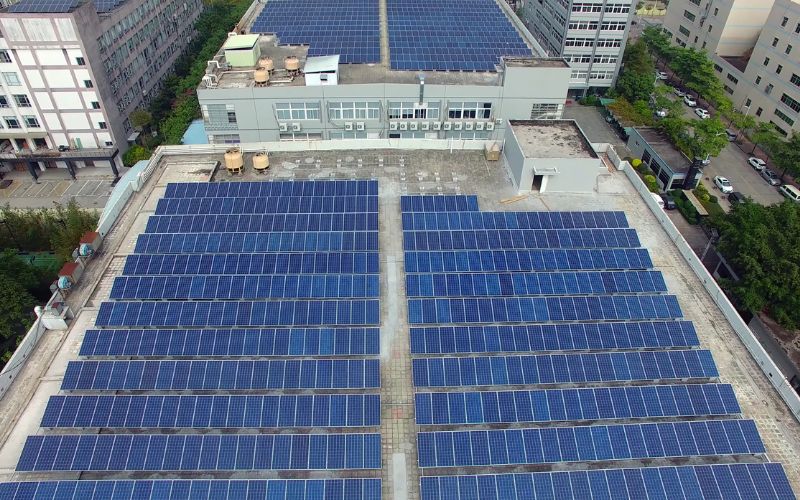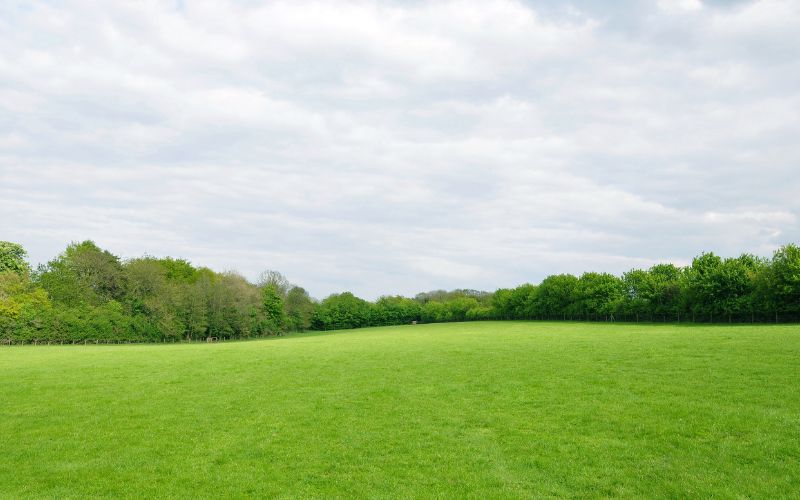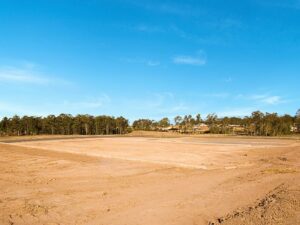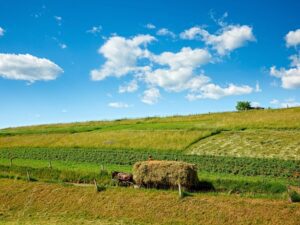In the dynamic world of sustainable energy, solar power is a beacon of innovation, casting its glow across diverse landscapes. Our journey begins as we explore the intricate tapestry of solar farm types, from the urban heights of rooftops to the open expanse of fields.
Join us on this voyage through the diverse realms of solar energy, where each installation type tells a unique story of efficiency, challenges, and environmental impact. From rooftops to fields, let’s unravel the layers of solar diversity and seamlessly navigate the path to a cleaner, brighter future, all while considering the groundbreaking concept of solar leasing, effortlessly integrating sustainability into our energy landscape.
Introduction to Solar Farm Diversity
Solar power has emerged as a shining beacon in the vast expanse of sustainable energy. Like the sun, the solar industry is dynamic and versatile, offering various options for harnessing its power.
One intriguing facet of this landscape is the diversity of solar farm types. In this journey, let’s delve into the various installations that make up this vibrant ecosystem, shedding light on the nuances of each.
Exploring the Myriad Forms of Solar Farms
As we embark on this exploration, we must recognize that solar farms come in different shapes and sizes, each tailored to address specific needs. From sprawling fields to urban rooftops, the variety is impressive. This diversity is not merely aesthetic; it’s a strategic response to different regions’ varied landscapes and energy demands.
Understanding the Need for Diverse Solar Installations
One term that surfaces prominently in discussions about solar installations is “solar leasing.” Solar leasing is where individuals or businesses can lease solar panels or systems rather than purchasing them outright. This innovative approach facilitates the adoption of solar energy without the burden of high upfront costs. As we traverse the solar farm terrain, watch how solar leasing intertwines with the diverse types of installations.
Rooftop Solar Farms: Harnessing Energy in Urban Spaces

The first stop on our solar journey takes us to the rooftops of urban landscapes. Rooftop solar farms have become a symbol of harmonizing modern energy needs with limited space availability.
Benefits of Rooftop Solar Farms
Rooftop solar installations offer several advantages. One key benefit is using previously untapped spaces, particularly in urban environments.
Cities can harness renewable energy without additional land by transforming rooftops into solar energy hubs. This not only maximizes the use of existing infrastructure but also reduces the environmental impact associated with traditional power generation methods.
Another notable advantage is the proximity of rooftop solar farms to consumption centers. This geographical closeness helps minimize transmission losses, as the energy generated is used near its source. Traditional power generation often involves long-distance transmission, leading to energy losses.
Rooftop solar installations, closer to urban areas, contribute to a more efficient and sustainable energy distribution system.
Challenges of Rooftop Solar Farms
Despite their benefits, rooftop solar farms come with their set of challenges. One significant challenge is shading. Rooftops may be obstructed by neighboring buildings, trees, or other structures, limiting the amount of sunlight reaching the solar panels. Shading can significantly reduce the efficiency of solar energy production, necessitating careful site selection and design considerations to mitigate these effects.
Limited space is another challenge associated with rooftop solar installations. Urban areas often have constrained rooftop space due to the density of buildings. This limitation restricts the size and capacity of solar installations, making it challenging to meet the increasing demand for renewable energy solely through rooftop solar. Strategic planning and innovative solutions are essential to overcome these space constraints and optimize energy generation.
Installation costs pose a financial hurdle for many individuals and businesses adopting rooftop solar. While the long-term benefits are evident, the initial investment required for solar panel installation and related infrastructure can be prohibitive. Governments and stakeholders need to implement supportive policies, incentives, and financing options to make rooftop solar more accessible and economically viable for a broader range of consumers.
Innovations in Urban Solar Technology and Design
In the quest for efficiency, innovators are pushing the boundaries of urban solar technology. Solar panels are becoming more lightweight and flexible, enabling creative integration into existing structures. Furthermore, advancements in energy storage technologies are mitigating the intermittent nature of solar power, making it a more reliable source for urban areas.
Maximizing Potential in Open Fields


In the realm of renewable energy, maximizing potential in open fields involves harnessing the power of ground-mounted solar arrays, which are the backbone of solar energy production.
These expansive installations, adorned across broad areas, benefit from unimpeded sunlight exposure and the ability to house larger panels, thereby amplifying overall efficiency and playing a pivotal role in meeting the escalating demands of the energy market.
Yet, as these solar farms expand, the delicate balance between renewable energy objectives and environmental conservation comes into focus, prompting the exploration of innovative solutions such as solar tracking systems to optimize efficiency while minimizing ecological impact.
Analyzing the Efficiency of Ground-Mounted Solar Farms
Ground-mounted solar arrays are the workhorses of solar energy production. Spread across expansive fields, these installations benefit from unobstructed sunlight and can accommodate larger panels. This scalability enhances overall efficiency, making them pivotal in meeting the demands of a growing energy market.
Green Practices & Land Use in Big Solar
However, expanding ground-mounted solar farms raises questions about environmental impact and land usage. Striking a balance between renewable energy goals and ecological preservation is crucial. Innovations like solar tracking systems, which optimize panel angles throughout the day, are steps toward mitigating these concerns.
Conclusion:
In conclusion, embracing solar diversity is crucial for a sustainable future. Rooftop solar offers decentralized power, optimizing urban space, while ground-mounted farms provide efficient large-scale energy production.
This diversity enhances resilience, creating a robust and reliable solar ecosystem. It’s not about choosing one type over another; it’s about leveraging their strengths for a greener, more efficient energy landscape that powers our communities responsibly.
In conclusion, envisioning a future where sustainable energy meets innovative technologies, The American Dream Land is your go-to for exceptional real estate opportunities. For more information or to explore available land options, contact them at +1 (646) 915-1234 or via email at [email protected]. Their dedicated team ensures a seamless experience, guiding you through every step of the land purchase process.







